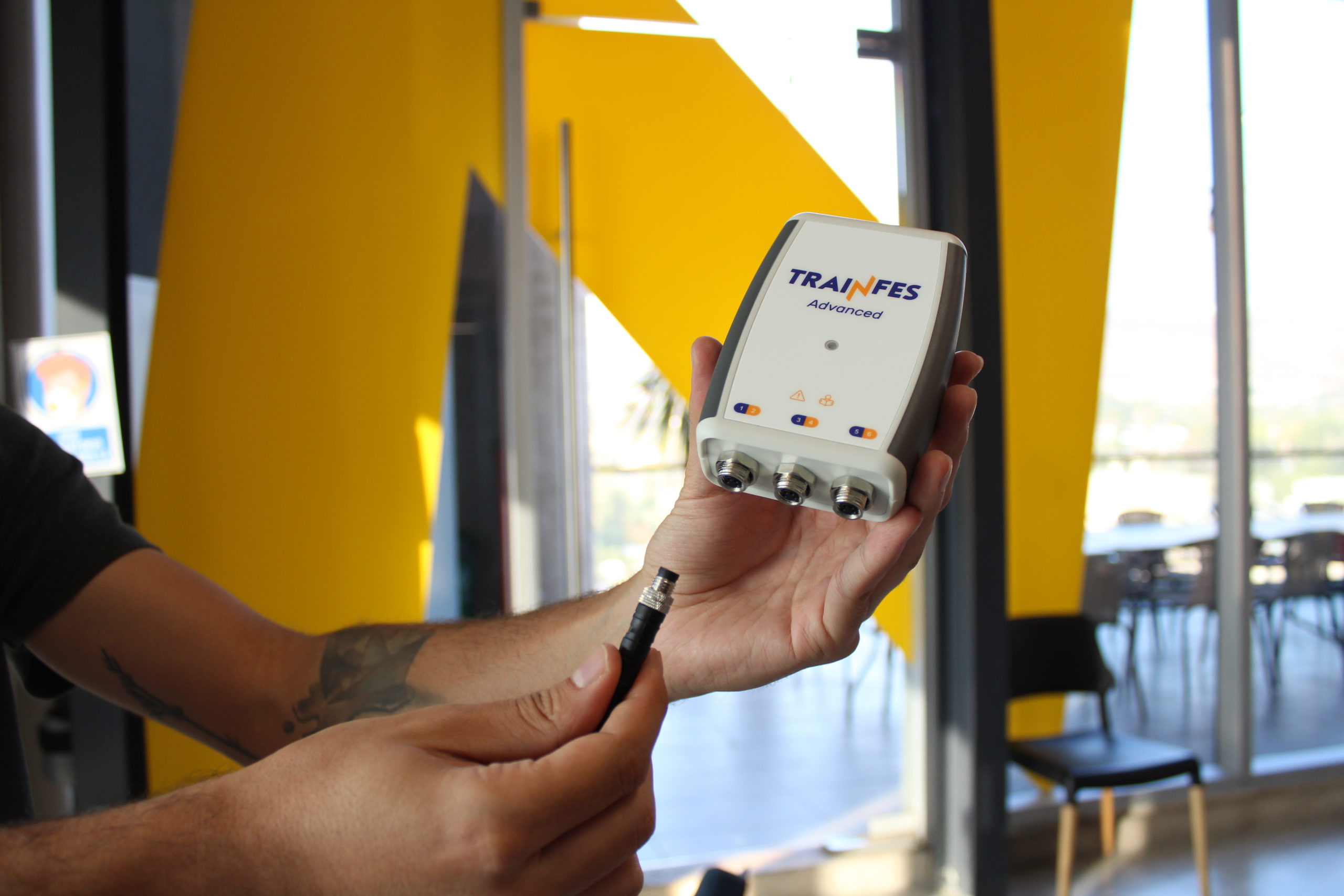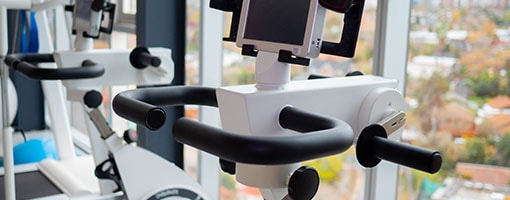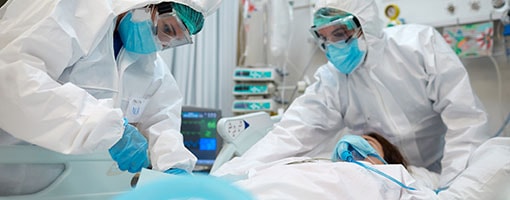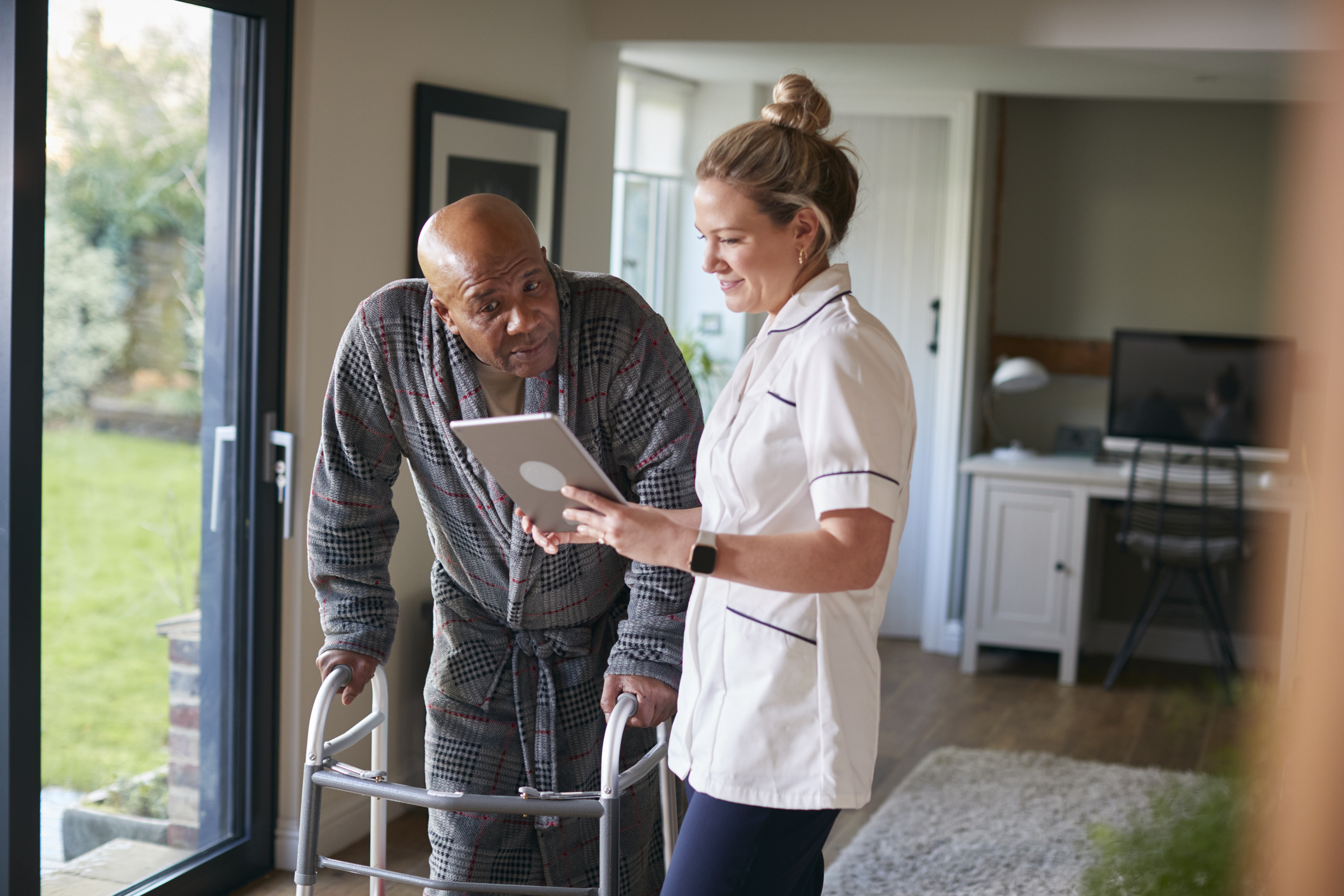Biofeedback: signals from the organism to seek its improvement
Electromyography (EMG) biofeedback is the most researched method, and evidence shows that it is effective in the treatment of many musculoskeletal conditions and in post-stroke (stroke) rehabilitation.
We may not notice it, but when we feel pain, stress or distress our body undergoes changes and our heart rate may increase, we may breathe faster and our muscles may contract. Reducing or controlling these effects will produce the result we all hope for in times of physical difficulty, which is to feel better.
For this purpose, there is biofeedback o biofeedbackwhich is especially necessary for people with people with some degree of motor paralysis or neurological or neurological disorders, either as a result of stroke, brain or spinal cord injury or neurodegenerative diseases.
The Mayo Clinic in the United States defines biofeedback as a type of psychosomatic technique useful for monitoring bodily functions such as heart rate, breathing patterns and muscle responses. This is accomplished with a connection to electrical pads that help obtain information about the body.
The biofeedback helps to make small changes, such as relaxing muscles, to reduce pain or tension.such as relaxing muscles, to reduce pain or tension. By reducing heart rate and breathing, it can provide relief from pain. But it can also build skills for practicing new ways to control the bodyto improve a health problem or make daily activities easier.
The biofeedback techniquesdeveloped since the 1960s by psychology, have demonstrated their usefulness and therapeutic efficacy in neurological, neuromuscular neurological, neuromuscular, cardiovascular, gastrointestinal, traumatic and stress disorders, among many others.
The constant development in the fields of neuroscience and computer science, on which biofeedback is based, has led to the development of biofeedbackbiofeedback is now a reality with applications, including mobile ones, which facilitate its use in rehabilitation programs such as the one presented by TrainFES..
Biofeedback support for neurorehabilitation
The biofeedback has been used for more than 50 years in rehabilitation to facilitate normal movement patterns after injury because of its ability to provide biological information to patients in real time that would otherwise be unknown.
The electromyography (EMG) biofeedback (EMG) is the most researched method, and the evidence shows it to be effective in the treatment of many musculoskeletal conditions and in post-stroke (stroke) rehabilitation.
Provide patients with biofeedback during rehabilitation may have potential therapeutic effectsIt allows them to gain control of physical processes that were previously considered an automatic response of the autonomic nervous system. In doing so, it can improve accuracy during functional tasks, increase the person's participation in their rehabilitation, and enable continuous monitoring by healthcare professionals.
Contribution in cases of stroke
The publisher of scientific research Frontiers published a study that analyzed the contribution of biofeedbackcombined with rehabilitation training, such as physiotherapy as physiotherapy, to improve upper extremity motor function and relieve pain in patients with post-stroke shoulder-hand syndrome.
The article states that biofeedback with electrical stimulation promotes the reconstruction of undamaged nerve cells and the development of new neural networks after stroke.
Among its benefits, one of the main ones is that in addition to enabling the recovery of neurological deficits after stroke, it also helps patients overcome pain-induced resistance to training and motivates them to actively participate in rehabilitation, which is key to regaining movement and moving towards a better quality of life.
Technology to promote movement
TrainFES is a neurorehabilitation methodology unique in the world, which combines daily combines daily training with innovative technologies to obtain better therapeutic results in less time thanks to the continuity of treatment.
This type of therapy is aimed at people with injuries affecting the Central Nervous System (CNS) involving some degree of paralysis, such as complete and incomplete spinal cord injury, stroke, traumatic brain injury (TBI), cerebral palsy or neurodegenerative diseases.
Among the innovations is a mobile functional electrostimulation (FES) device (FES), which applies a non-invasive and painless therapeutic technique with low-level electrical currents to stimulate paralyzed or weakened muscles, to which is added an application for the phone or tablet that maintains contact with the therapists. Both technologies encourage training at home.
In addition, an inertial inertial motion sensor or IMUwhich acts as biofeedback acts as biofeedback and synchronizes electrostimulation with daily with daily life tasks.
With this sensor, electrostimulation is coordinated with daily activities or functional movements, both to assist them and to support training.
This way, TrainFES has a biofeedback which is essential in neurorehabilitationThe evocation of functional movements enhances neuronal plasticity, which is the brain's ability to relearn motor patterns, allowing it to recognize the correct activation of functional activities.
Support at the right time
The inertial sensor IMU is placed in the footwear and allows to measure in real time the movement of the foot that needs assistance and, through the application, to activate the muscles that are weakened or paralyzed.
Thanks to biofeedbackstimulation will be delivered at the exact moment when the gait requires assistance. For example, if the person has a weakness in the tibialis anterior, which is one of the muscles that lifts the foot off the ground, it will help him to take the step; or while he is in the air in the swing phase, it will keep him aligned and well positioned so that in the next step he can make heel contact on the surface he is walking on.
The sensor has other applicationsThe sensor has other applications, such as synchronization with cycloergometers, bicycles or indoor rowing machines, to facilitate training at home and encourage continuity of treatment.
In this way, with the permanent accompaniment of medical professionals, the methodology TrainFES methodology makes it possible to perform up to 10 times more effective therapies than with a conventional method, with a recovery potential equal to or better than in a face-to-face program.
I want more information
Recommended Publications
How FES helps to rehabilitate the skeletal muscle of UPC patients
In Chile, Critical Patient Units are starting to rely on functional electrostimulation to achieve early rehabilitation in people infected with Covid-19.
FES for respiratory problems in UPC patients
Covid-19 has brought serious respiratory complications to those infected. However, treatment with TrainFES can significantly improve their recovery.
What is rehabilitation technology?
The difficulty or inability to perform daily activities due to a neurological disorder or neurodegenerative disease changes the life of the affected person and his or her environment. And while for a long time the recovery options were complicated, technological and medical advances now open up more possibilities for comprehensive rehabilitation.





